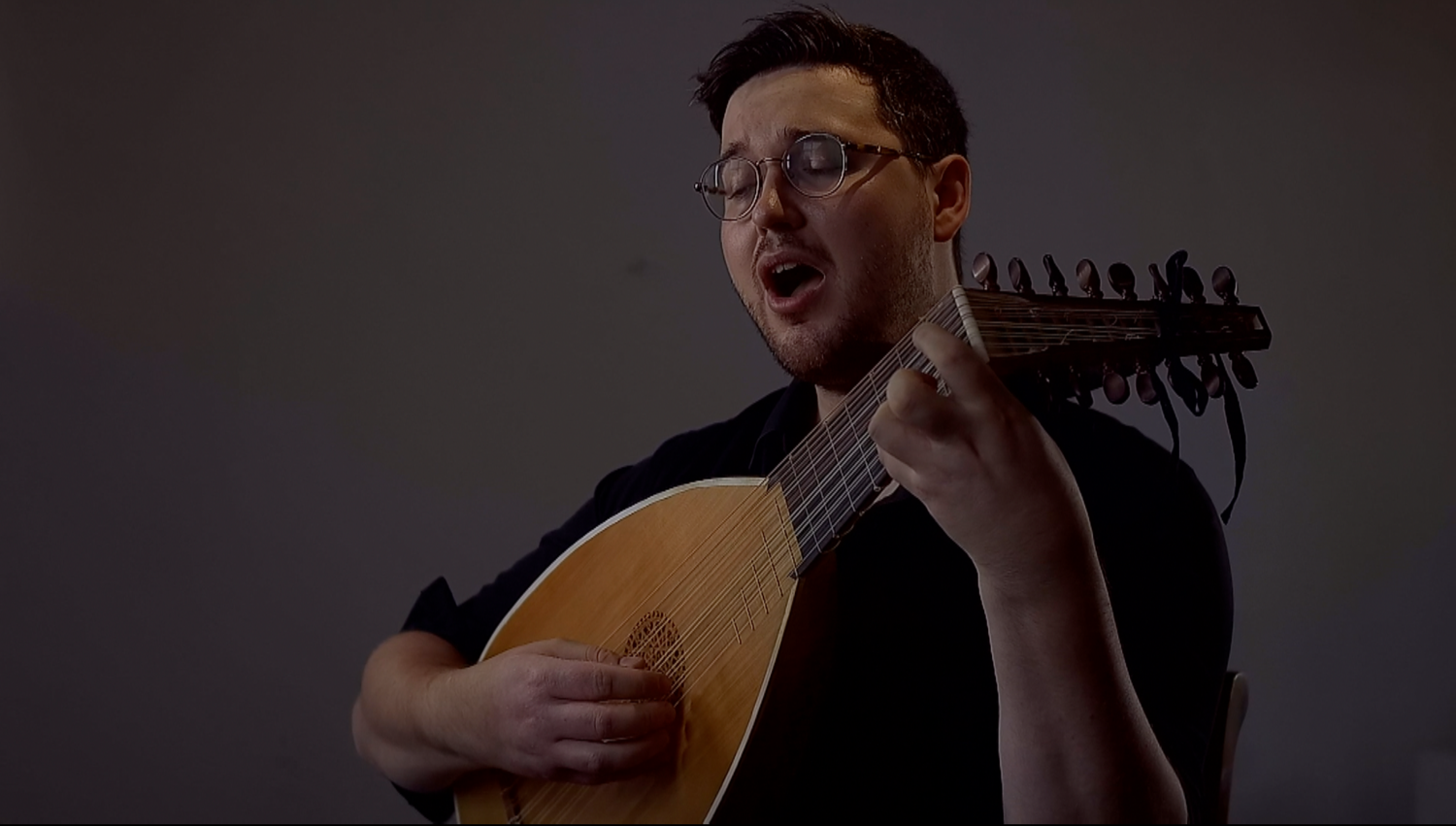Nicola Vicentino on Vowel Alteration (1555)
- Tim Braithwaite

- Jan 6, 2021
- 3 min read
‘In setting these vowels, composers are advised that some are comfortable for runs in the low registers, such as A, O, and U, and that they will aid the production of of a loud tone, especially in churches, where they sing with full voices, and with a multitude of singers. Some other vowels, like A, E, and O, are good in the middle registers, whereas in high and very high registers the vowels A, E, and I are appropriate because they are acute in accent and in pronunciation. It seems that in the lower parts, singers using a full voice cannot use them while making runs. In order to make a louder sound, some use another vowel, E in exchange for the vowel I, or take the letter O instead of U as some friars do, when when singing chant (canti fermi) in the choir. So that the voice has more resonance, they open their mouths very wide, because the pronunciation [l’accento] of the letter A and the vowel O is very comfortable for an open mouth in order to produce a louder tone, and they always sing A and O in place of other sorts of vowels. But let us return to the method of beautiful pronunciation in the high range, the very high, and the extremely high, as well as the middle and low [ranges]... just as the vowel I is very difficult to pronounce in the lower parts, the same can be said about the vowel U in the high and very high registers: in addition to this, composers should note that ascending and descending steps and leaps cause the pronunciation (gl’accenti) of these vowels to change...and if the composers experience ascending steps and leaps of a fourth, a fifth, a sixth, and an octave, and with the same syllables, and with the same ascending steps and leaps, he will discover that the syllables will change in their pronunciation as the pitch rises and falls, except for the vowel U which is pronounced the same ascending and descending.
‘Il Compositore avvertirà nel comporre à queste vocali, che alcuni saranno aggevoli, correndo nelle parti basse, come a. o. e u. & daranno la pronuntia di grande intonatione, & principalmente nelle chiese, ove si canterà con le voci piene, & con moltitudine de Cantanti; & alcune altre vocali nelle parti di mezzo saranno molto buono, come le vocali a. e. o. altre nelle parti alte & acute saranno molto in proposito le vocali a. e. & i. e la lettera i. perche è acuta d'accento, & di pronuntia, pare che nelle parti basse il Cantante à voce piena non possi accomodarsi à proferirla correndo, & per fare maggior intonatione alcuni pigliano un altra vocale, e in cambio della vocale i. pigliano la lettera o. overo la u. come fanno alcuni Frati, che nel choro cantando i canti fermi, acciò che la voce sia piu intonante, apreno assai la bocca, perche l’accento della lettera a. e della vocale o. è molto commoda alla bocca aperta per far più grand'intonatione, et sempre sopra ogn’altra sorte de vocali pronuntiano le due vocali a. et o. Hora ritorniamo al modo della bella pronuntia, delle parti alte, & acute, & sopra acute, & di mezzo et Basse... & cosi come la vocale i. è maľaggevole di pronuntia nelle parti basse, cosi il medesimo verrà alla vocale u. nelle parti alte e acute: oltra di ciò il Compositore avvertirà sopra queste vocali, che i gradi et i salti ascendenti e discendenti sarà mutare gl'accenti à dette vocali... & s'il Compositore farà l'esperienza de gradi & di salti di quarta, & di quinta, di sesta, et d'ottava all'in sù, & con le medesime sillabe, & con i medesimi gradi et salti all'in giù, ritroverà che le sillabe si muteranno di pronuntia, per la mutatione del salire e scendere, eccettuando la vocale u. che tanto si pronuntierà all'in sù come all'in giù.’
Nicola Vicentino, L’antica Musica Ridotta Alla Moderna Prattica (Rome: Antonio Barre, 1555). My translation.
The image below is a sculpture fro the Museo dell'Opera del Duomo in Florence by Luca della Robbia, thought to have been completed in the 1430s.






Comments